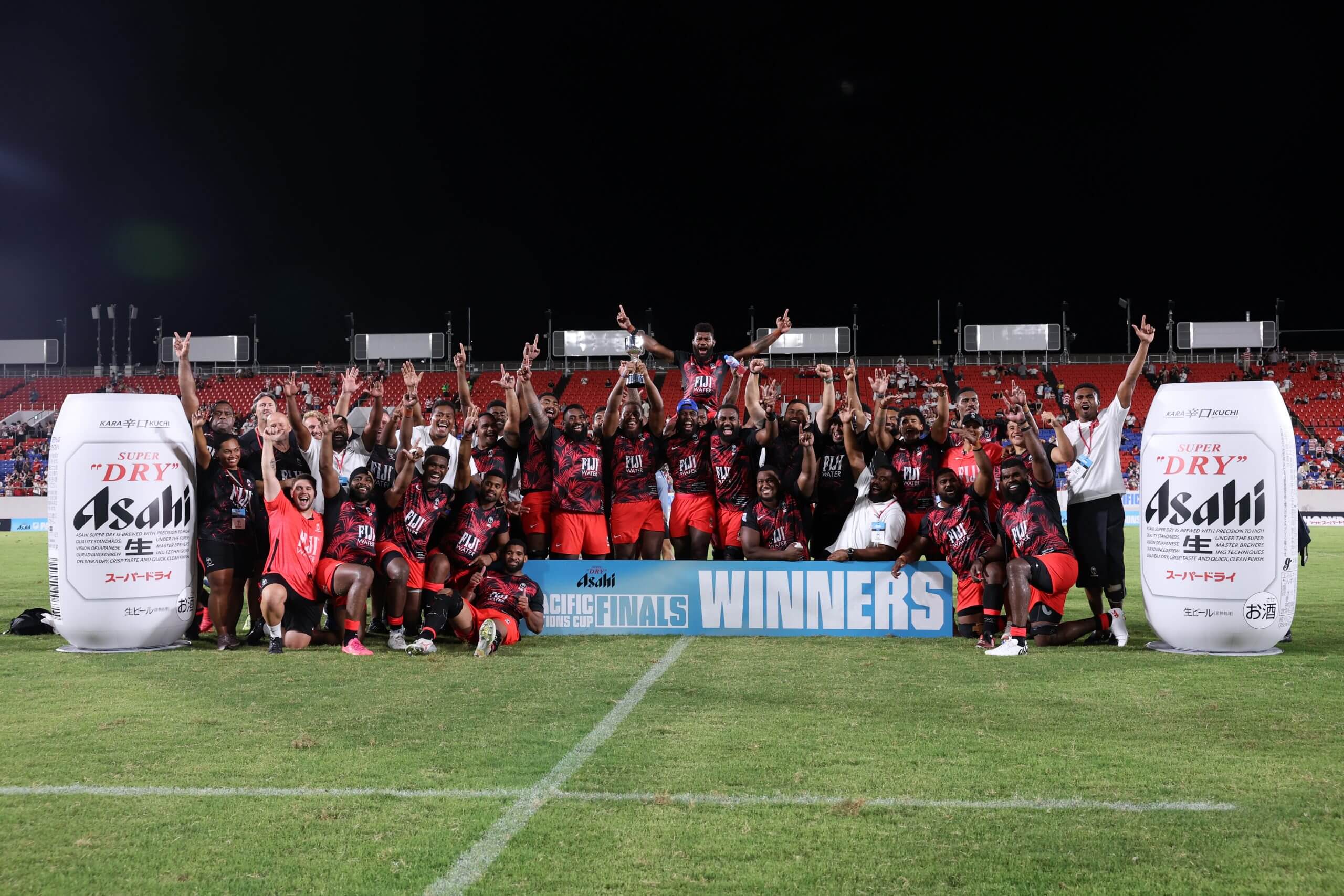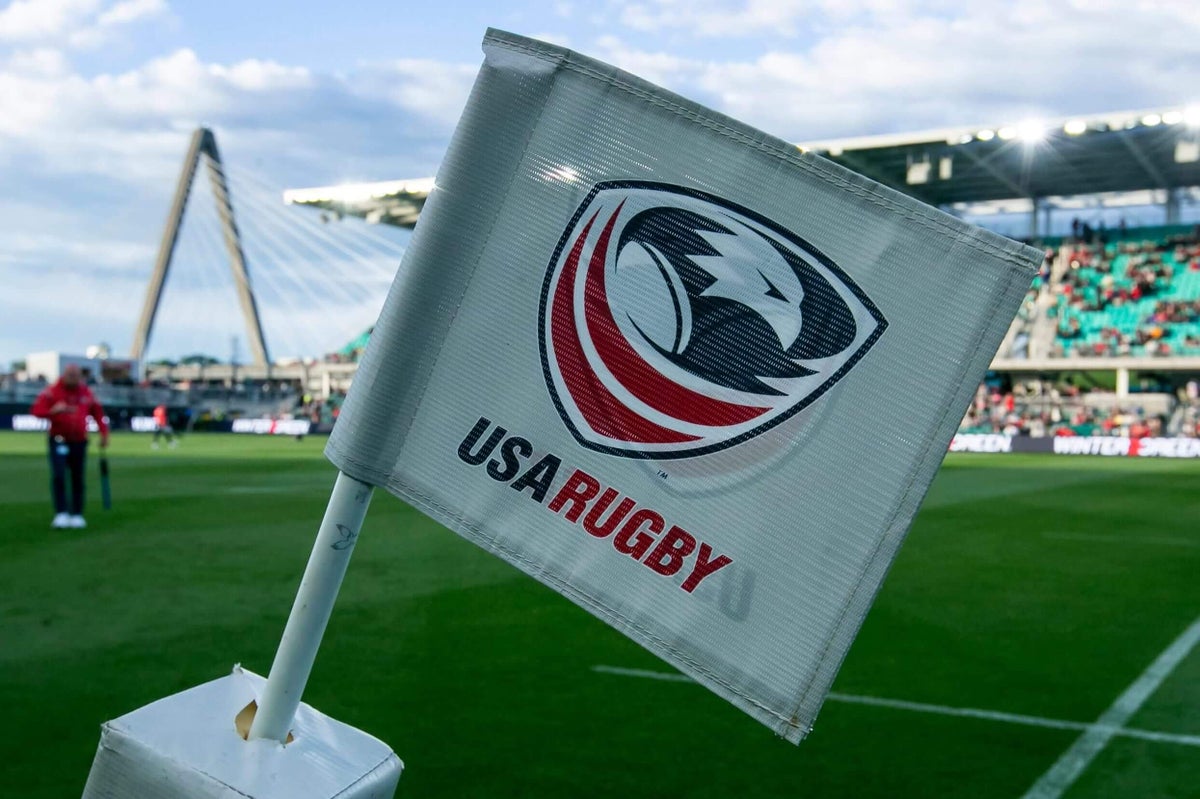The United States will host the 2025 Pacific Nations Cup Finals as World Rugby seeks to drive audience and demand for the sport ahead of the men’s World Cup heading to the U.S. in 2031 and the women’s edition going Stateside in 2033.
The PNC is a six-team rugby tournament which features the U.S., Canada, Japan, Fiji, Samoa and Tonga. It provides a pathway for qualification for the World Cup in Australia in 2027. Japan and Fiji have already qualified for the World Cup owing to their top 12 finish during the previous tournament in 2023 and a further three teams will qualify directly for the tournament via their placing in the PNC.
The sixth-placed team in the round-robin tournament will then get a further opportunity to qualify for the World Cup when they enter a play-off against a team from South America.
The semi-finals will be played at DICK’s Sporting Goods Park in Denver, Colorado, which is the 18,000-seater home of MLS team Colorado Rapids. The final and bronze medal play-off game will be played at the 20,000-seater America First Field in Salt Lake, Utah.
A pool game between Japan and the U.S. will also be played in Sacramento, California, on September 5, ahead of the semi-finals in Denver on September 13 and the Grand Final on September 20.

Fiji won the 2024 Pacific Nations Cup (Photo: Paul Miller/Getty Images)
The six competing teams are all in the top 25 of World Rugby’s global rankings, with Fiji placed 9th, Japan, Samoa and the U.S. ranked 13th, 14th and 15th respectively, Tonga 19th and Canada 24th.
Rugby is demonstrating signs of growth in the U.S. and the sport is making efforts to expand its footprint on American soil. The World Cups in 2031 and 2033 are the most vivid examples but World Rugby data also points to 800,000 registered rugby players in the U.S., which makes it a top five most populous market.
World Rugby also say that by claiming just one per cent of the sports rights market in the U.S., they would double rugby’s global economy. While 27 universities in the country already have a funded rugby programme, World Rugby is aiming to hit 40 to unlock further funding opportunities.
The sport has attracted some headline investment within the U.S., with Michele Kang, who has major investments in women’s soccer, last year gifting $4m to USA Rugby in a bid to help the U.S. women’s Rugby Sevens team go for gold at the Olympic Games in Los Angeles in 2028 after they won bronze in the Paris Olympics in 2024. The U.S. women’s rugby team last Friday broke its record attendance as over 10,000 supporters turned out to support the team in Kansas City in a defeat against Canada.
The PNC is just one of a series of major international rugby games coming to the U.S. in 2025, with the New Zealand All-Blacks to face Ireland in November at Soldier Field in Chicago in what is being billed by event promoters TEG as the rematch of a game at the same venue in 2016 when Ireland recorded their first victory over New Zealand. July will also see a double header at Audi Field in Washington D.C., where England’s men’s and women’s team will take on their U.S. counterparts. Australian events company TEG is promoting these games, as well as the PNC.
Rugby is just the latest sport to head stateside in search of fresh audiences and new revenue sources. Soccer is launching a revamped FIFA Club World Cup in the U.S. in 2025, as well as the men’s World Cup in 2026, which is shared with Canada and Mexico, while a number of leagues globally are hoping to take domestic league matches to be played in the U.S.
The World Rugby CEO Alan Gilpin says there is a need to be “sensitive” to local audiences who wish to see their national team closer to home but also underlines the opportunity in the States, particularly in the case of rugby where there are big expatriate communities or waves of historic immigration which mean people have lingering bonds with competing countries.
Gilpin says: “Every national union absolutely rightly wants to make sure that their national team are playing in front of their home fans enough and regularly. We’ve got to be sensitive to that. The good news is that obviously there’s a lot of teams we can take over a number of years through the U.S., so it doesn’t have to be the same teams all the time. There are big international populations in different parts of the States that we can play into in that regard.
“It is important that the U.S. National Teams are appearing in as many of those fixtures as possible. The U.S. wants to see their own team play, it wants to their own team win as much as possible and we need to give them the right level of competition in the next few years to bring them to being competitive – qualifying hopefully and being competitive in World Cups in 2027 and then the women’s tournament in 2029 in Australia and then obviously building towards towards home World Cubs.”
(Top photo: Nick Tre. Smith/Icon Sportswire via Getty Images)
